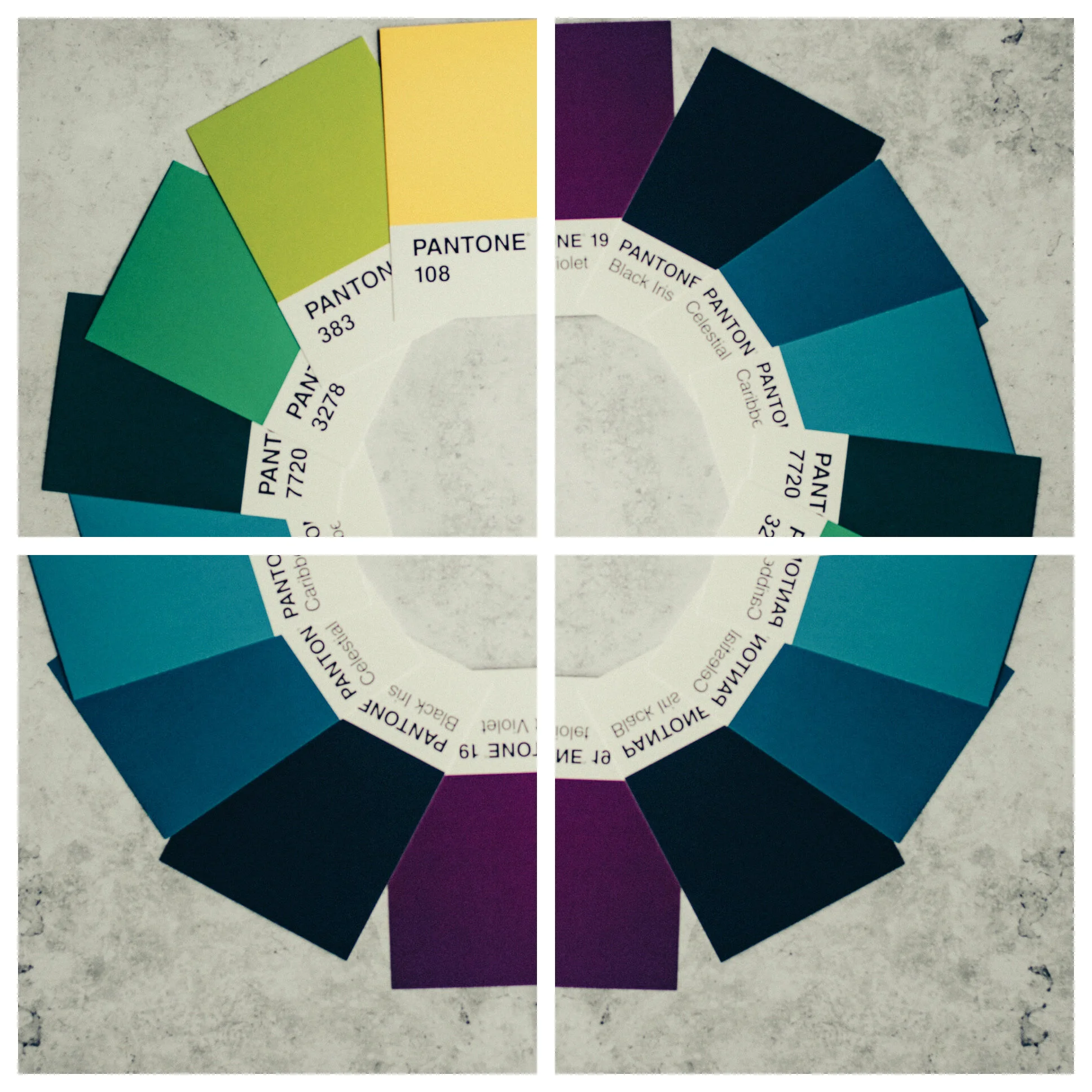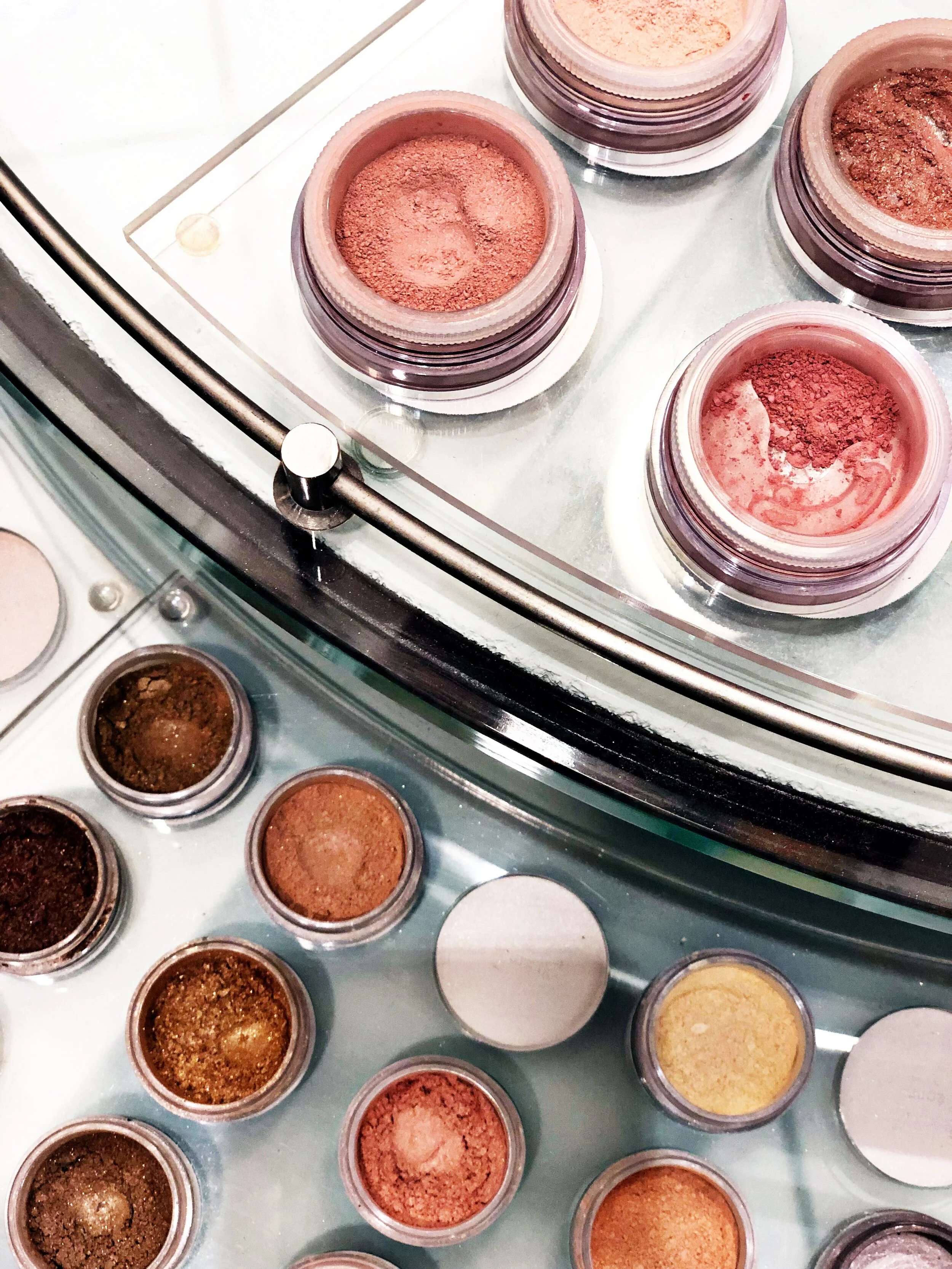Baby Blues to Baby Browns
Ever wonder why your eyes appear more blue on certain days than others? Does it ever seem like your brown eyes look brighter? Does the color of your eyes sometime seem to change like the colors on a mood ring?
So while it may seem like those baby blues appear more like the Caribbean sea on some days and the pale blue sky on other days, the truth is that eye color actually doesn’t normally change.
So why does it sometimes look like the color in you eyes change? There are a few reasons as to why and it is actually quite a simple explanation.
More often, this is a perception of a color change, and can be brought about by the color of clothing that we wear. This is due, in part, to colors that are complementary to each other, meaning they are opposite colors on the color wheel and these are colors that best work together. Complementary colors will appear more prominent and brighter, complimenting each other. This factors in with your eye color and the clothing that you’re are wearing, like a shirt, scarf, hat or even eye makeup. So if you have green eyes, your green eyes will appear brighter depending on the color of clothing you are wearing. Wearing clothing of similar hue to your eyes, also can enhance the color of your eyes.
Eye color is also influenced by the lighting around us and how your pupils respond to light. On a bright day, your pupils constrict, limiting the amount of light into your eyes. When your pupils constrict, more of the color of your eyes (iris) shows and makes your eye color more prominent. Conversely in a dark room, your pupil expands (dilates) to allow more light in order to see. As your pupil gets larger, less of the color of your eyes show. Some people have smaller pupils while others have larger pupils and this can give the appearance of more or less prominent eye color.
Since we are starting to get specific with this topic of eye color, we should talk about the structure in the eye, called the iris. The iris is a undulated, cryptic multi-dimensional structure made of connective tissue and muscle. It’s job is to regulate light into the eye and it does so by muscles that constrict and another set that dilates (opens) the pupil. When you get to look at eyes all day long, you start to take notice of how unique and fascinating this structure really is. Sometimes the iris looks smooth, with few undulations and other times, it looks cavernous and cryptic. Sometimes the color is diffuse through out and other times, it’s varied and ombre-like in appearance with variations of color. Interestingly, the iris is as unique as you, just like a fingerprint: no two are alike.
The uniqueness of this structure in the eye is fairly permanent by age 3. Blue-grey eyes in babies are common and often change as more pigment (melanin) develops. For example, brown eyes have more melanin than blue eyes. What about those genetics passed on from mom and dad? Genetics play a role in eye color but not entirely, as a mixture of the parent’s eye color isn’t always indicative of what the child’s eye color will turn out to be. Many genes are actually involved and it looks like more of a spin of this eye-color-gene-wheel more than anything else.
But what about when eyes are different in color, varying colors or patches of color in one or both eyes. This is called heterochromia and is often congenital. A good example of someone who has heterochromia is Kate Bosworth and Mila Kunis. Heterochromia can also be a symptom of other conditions in infants and in adults, when its more recently acquired.
With all that said to dispel the myth that eyes can change color, there are some conditions that can cause the iris to get darker or lighter in adults. Here are a few:
Corneal senile arcus: this appears as a grayish ring around the periphery of the iris. This grayish ring can appear fairly opaque to very translucent, making the eyes appear lighter.
Glaucoma medications, specifically a class of glaucoma medications called Prostaglandins. This type of medication is taken in eye drop form and longterm use, it can change the color or your iris. It is most notable on blue eye patients because it will make the iris darker in color. Consequently this also has a more desired side effect of long, dark lashes (it’s the same idea behind Latisse).
Lastly, we can’t forget about cosmetic options to change eye color; one option being temporary and the other riddled with high risks and permanent disastrous outcomes.
Temporarily, you can change the color of your eyes with color contacts. Color contacts are designed to either enhance your natural color or mask your natural color with another. Want blue eyes instead of green? Light amber eyes instead of blue? Color contacts can do just that. Color contacts are created with a center clear zone and a color ring, designed to fit over your pupil and iris, respectively. And color contacts have changed over the last five years to include greater color combinations, more breathable comfort and in a variety of nearsighted or farsighted combinations.
Until more recently, cosmetic iris implant surgery was reserved for individuals who did not have an iris whether due to congenital conditions or traumatic injury. However, individuals desiring a permanent change in eye color are opting into pursue this option, which comes with a potential to damage healthy vision. Complications can arise and lead to severe inflammation inside the eye, corneal damage, glaucoma, cataracts, and vision loss. Currently, cosmetic iris implants have not been evaluated by any U.S. regulatory agency or tested for safety in clinical trials. They are not approved by the U.S. Food and Drug Administration. It’s highly discouraged to undergo this type of eye surgery.
While your eye color doesn’t normally change, there are ways to enhance and temporarily change the colors of your eyes. So whether you are a brown-eyed girl or blue-eyed boy, your eye color is relatively permanent and most importantly, uniquely you.
Stay happy and healthy!
Dr. Jen Wademan







